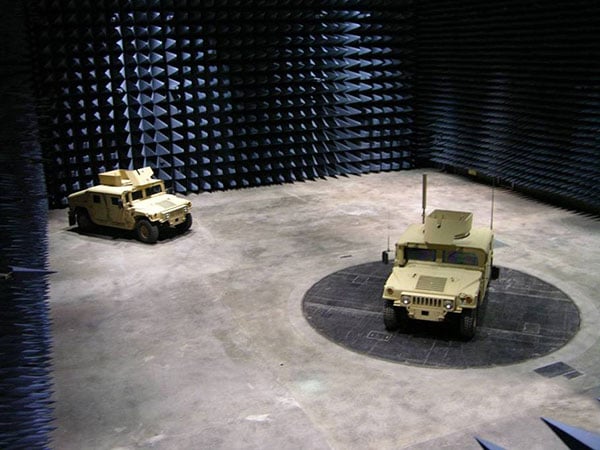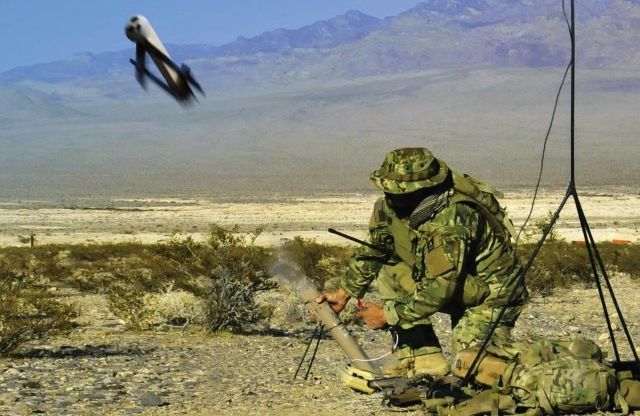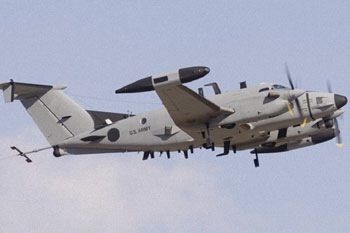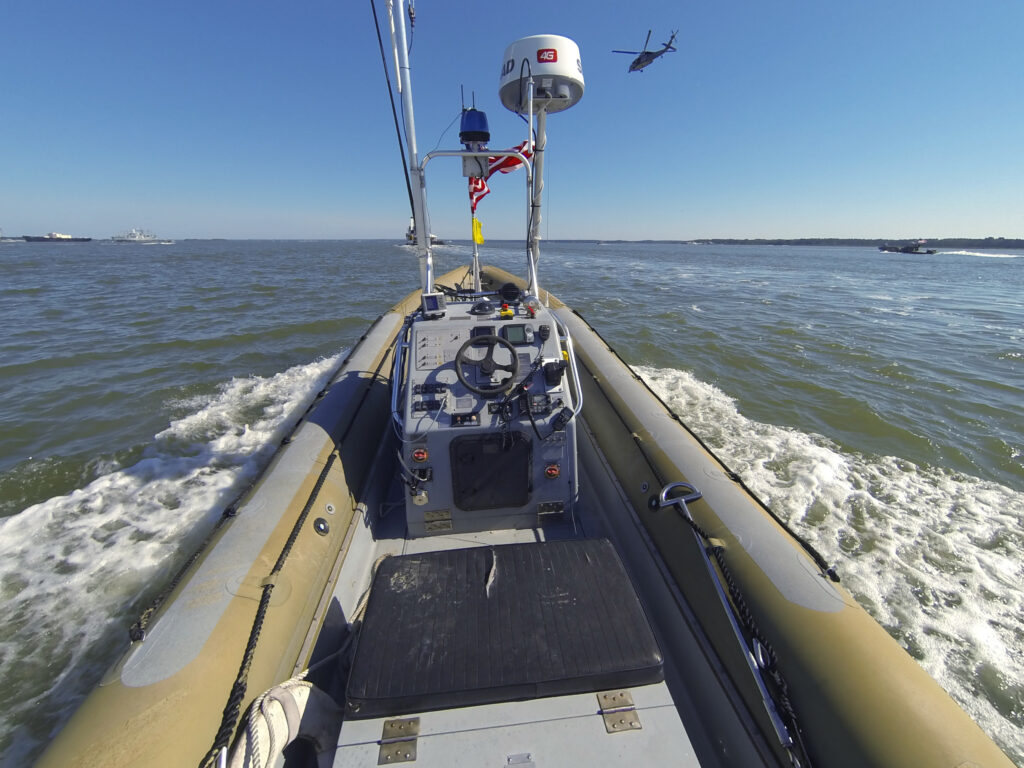Set Cyber Zebra: Navy Shipboard Cybersecurity
Posted on
FALLS CHURCH, VA: Sure, everyone’s sick of the word “cybersecurity” and endless discussion of “attacks,” Vice Adm. William Hilarides said today, making prominent air quotes with his fingers. Navy submariners in particular, safe beneath the waves, tend to think of cyber as someone else’s problem — but “not so fast,” he told the annual Naval… Keep reading →
Biometrics May Mean End Of The Spy’s Disguise
Posted on
SOMEWHERE IN WASHINGTON: Spy movie makers love retinal scans and ever-more inventive ways to steal or modify fingerprints. Former CIA Director David Petraeus and the Joint Special Operations Command relied heavily on retinal scans, DNA sampling, fingerprints, facial and body recognition — all cross referenced with other intelligence — to build enormous cross-linked databases that helped track and… Keep reading →
E-2D Hits IOC; Navy Hawkeye Gets Larger, Lethal Role
Posted on
NORFOLK: The famed “eyes of the fleet” are getting sharper. The Navy has declared the latest variant, the E-2D radar plane, ready for real-world operations just in time for the 50th anniversary of the original E-2 Hawkeye. The first five-plane squadron will deploy on the USS Theodore Roosevelt next year. Meanwhile, the current E-2C models are… Keep reading →
Army Electronic Warfare ‘Is A Weapon’ – But Cyber Is Sexier
Posted on
WASHINGTON: “Electronic warfare is a weapon,” fumed Col. Joe Dupont. But as the Army’s project manager for EW programs — and its recently declassified offensive cyber division — Dupont faces an uphill battle against tight budgets and Army culture to make that case. Whoever rules the airwaves will be able to keep their networks and sensors… Keep reading →
New Weapons Spell Death For Drones; The Countermeasure Dance
Posted on
AUSA: For years, Predator drones have been able to fly unopposed through most of their missions. If we can do that, you can be sure other countries are working hard to deploy drones to do to us as we have done to them. Taking the classic dance of measure and countermeasure, strike and counterstrike, the Army and other… Keep reading →
DRS Unveils Very Small SIGINT Sensor
Posted on
WASHINGTON: Imagine reconnaissance teams operating in enemy territory being able to hump in their own tiny signals intelligence (SIGINT) sensors, able to gather intel on both electronic emissions (ELINT) and communications (COMINT). Ok, they don’t have to hump them in because each one weighs roughly two-and-half pounds. Sound like science fiction? Well, DRS, the American… Keep reading →
EW Needs $2B More A Year; ‘Major Deficiencies’ Found By Defense Science Board
Posted on
WASHINGTON: A classified Defense Science Board study, now on the desk of Deputy Defense Secretary Robert Work, recommends that the Pentagon invest an additional $2 billion a year in electronic warfare and create a high-level executive committee to oversee the four services’ EW spending. “We need to dig ourselves out of a big hole, because we… Keep reading →
Managing The Chaos Of Electronic Warfare
Posted on
WASHINGTON: If you know both the enemy and yourself, you will not be defeated in a hundred….ducks? “We’ve got twenty shotgun shells and a hundred ducks” in the electronic warfare world today, lamented Strategic Command’s Rear Adm. John R. Haley this morning. “There are so many devices out there and so many things being used.”… Keep reading →
STRATCOM Lacks Authority, $$ On Electronic Warfare
Posted on
WASHINGTON: As the world has gone wireless, the electromagnetic spectrum has become a vast, invisible battleground — and we don’t even have a general in command. While US Strategic Command has the responsibility to “advocate” for Electronic Warfare, STRATCOM’s own chief of operations said bluntly today that it lacks the authorities and funding it needs to make… Keep reading →
Naval Drones ‘Swarm,’ But Who Pulls The Trigger?
Posted on
The Navy’s research arm is justifiably proud of its recent experiment with “swarming” drone boats, whose results (with video) were officially released today. But the very thing that’s most impressive about the swarmboats — their ability to act autonomously with minimal human guidance — raises crucial questions about when we can trust a robot to pull… Keep reading →









